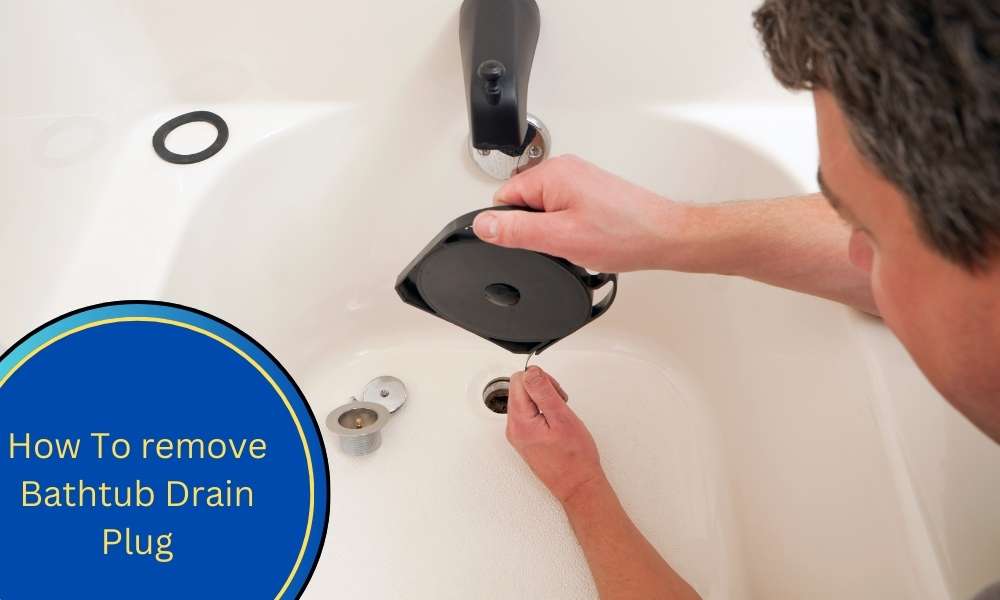Removing a bathtub drain plug Is a common household task that Can become necessary For a variety of reasons, such As cleaning the drain, addressing clogs, or making repairs. Whether you’re A seasoned DIY enthusiast or A first-time homeowner looking To tackle a simple plumbing task, knowing how To remove a bathtub drain plug Is a valuable skill. In this guide, We will explore The steps And techniques required To successfully disassemble And remove The drain plug, allowing You To maintain A smoothly flowing And functional bathtub drainage system.
Tools and Materials Required
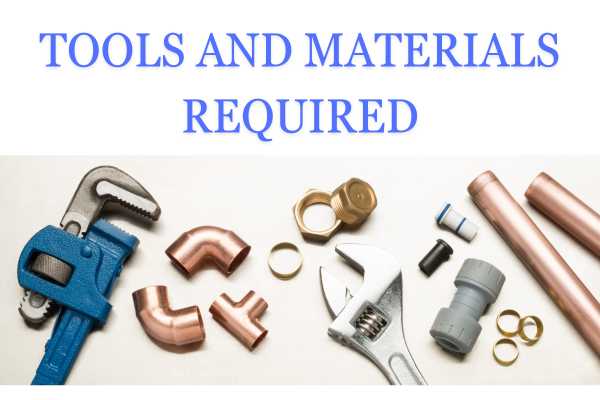
- Screwdriver
- Pliers
- Pipe wrench
- Plunger
- Bucket
- Drain snake
- Baking soda and vinegar
Identifying The Type Of Drain Plug

Bathtub purge plugs come In various styles, and identifying the type You have Is crucial to choosing The appropriate removal method. The most common types include The traditional rubber stopper, The push-pull exhaust plug, and The pop-up drain plug. These plugs have distinct mechanisms for opening and closing, which means that removal methods may vary. By closely inspecting your exhaust plug, You Can determine its type and select the best approach For removal, ensuring a smoother process with fewer surprises along The way.
Methods For Removing A Pop-Up Drain Plug
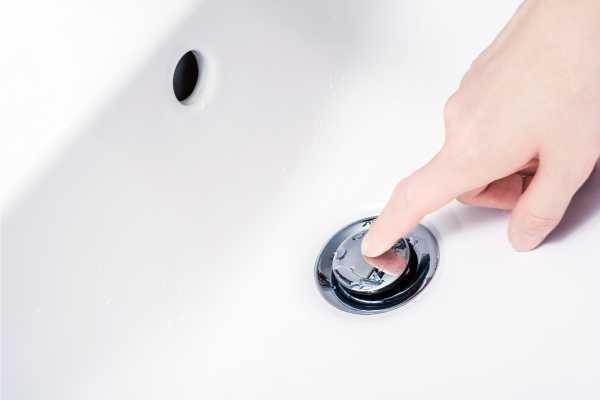
Pop-up drain plugs are a prevalent feature in many modern bathtubs, and they can be a bit tricky to remove. To successfully tackle the task, you’ll want to follow a specific set of steps. First, remove the overflow plate or faceplate to access the linkage and stopper. Then, use pliers or a wrench to disconnect the linkage from the pop-up stopper. With the linkage removed, you can reach into the purge and twist the stopper counterclockwise to release it from the purge flange. This method ensures a smooth and damage-free removal of the pop-up drain plug, allowing you to maintain your bathtub’s drainage system effectively.
Methods For Removing A Toe-Tap Drain Plug
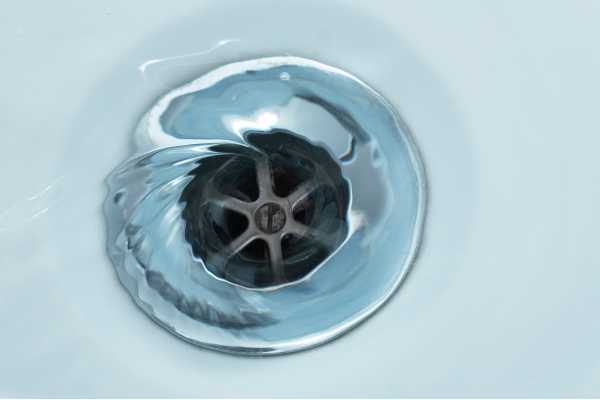
Removing a toe-tap purge plug requires a specific approach due to its unique design. To begin, you’ll need to locate the small circular cover on the purge plug itself, usually adorned with a logo or some other indicator. Gently pry off this cover with a flat-head screwdriver or your fingernail. Beneath the cover, you’ll find a screw or bolt that secures the drain plug to the drain. Use an appropriate screwdriver or a wrench to turn the screw counterclockwise, which will release the exhaust plug from its position. Once the screw is sufficiently loosened, you can simply lift the toe-tap exhaust plug out of the purge.
Methods For Removing A Lift-And-Turn Drain Plug

The lift-and-turn exhaust plug is a common type found in many bathtubs. To remove it, start by locating the small knob on top of the plug, which is typically labeled “Lift” or “Turn.” Lift the knob and turn it counterclockwise to unlock the exhaust plug from its closed position. With the plug in the open position, you can then grasp it with your fingers and carefully lift it out of the drain. If the purge plug is stuck, you may need to use pliers to provide additional leverage. Be sure to turn off the water supply to your bathtub before attempting removal to prevent any accidents.
Methods For Removing A Push-Pull Drain Plug
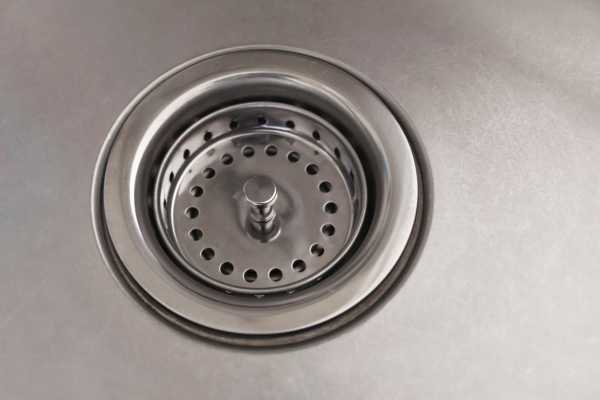
The push-pull drain plug is known for its simplicity, making remove relatively straightforward. To begin, simply grasp the plug in the open position (when it’s pulled up) and gently wiggle it side to side while applying upward pressure. In most cases, the plug will come free with this motion, allowing you to lift it out of the drain. If the drain plug is resistant or stuck, you can use a pair of pliers or channel-locking pliers to gain additional leverage. Just be cautious not to damage the plug or the bathtub’s finish during the process. Always make sure the water supply is turned off before attempting to remove the plug for safety.
Using Chemical Solutions
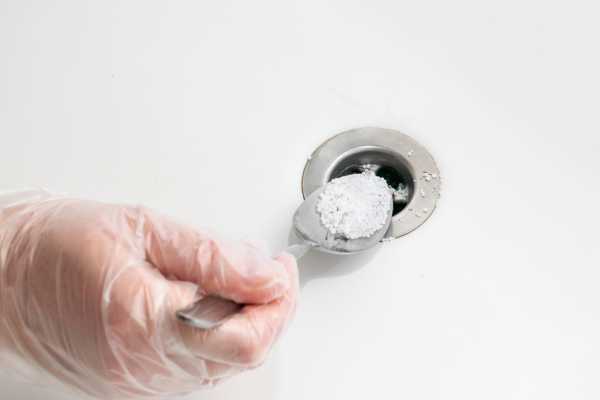
Chemical solutions can be an effective method for dealing with common bathtub drain issues. One such solution is a purge cleaner specifically designed For removing clogs and blockages. To use these chemicals, carefully follow the manufacturer’s instructions. Typically, you’ll pour the recommended amount of the cleaner down the purge and allow it to sit For a specified period. These chemicals work by breaking down organic and inorganic materials causing clogs. However, exercise caution when handling such products, As they Can be harsh and may require adequate ventilation and safety measures, such as wearing gloves and eye protection.
Cleaning The Drain
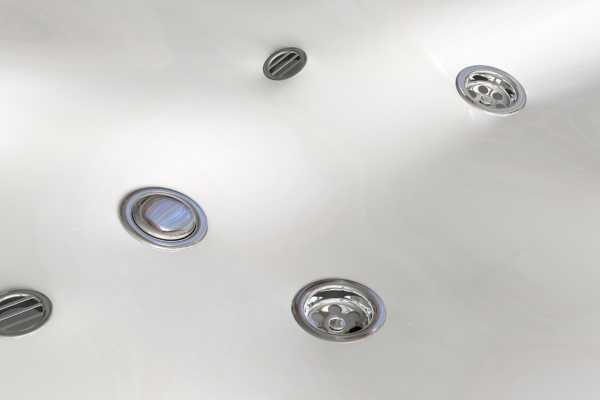
Regular drain maintenance Is essential to prevent clogs and maintain proper drainage. Cleaning the drain Can be As simple As removing hair and debris that accumulate over time. Use a plastic drain snake or a wire hanger to gently extract obstructions from the purge. Additionally, You can remove the drain stopper, clean It thoroughly, and then reassemble It. It’s a good practice To clean your purge on A regular basis to prevent small issues from turning into major blockages.
Preventive Maintenance
Preventive maintenance Is key to keeping your remove bathtub drain In optimal condition plug. Avoid letting excessive hair, soap scum, and debris go down the purge by using A drain strainer or hair catcher. These inexpensive devices can significantly reduce The amount of material that enters The drain, preventing clogs. Additionally, periodically pour hot water down the purge To help dissolve any accumulating soap or grease. In cases of severe mineral buildup, You Can use a mixture of vinegar and baking soda To break down deposits And keep your purge flowing smoothly. Establishing a routine for preventive maintenance will save You from more significant drain problems in the future.
Common Mistakes To Avoid
- Using Excessive Force: When attempting to remove a purge plug or address a clog, avoid using excessive force. Over-tightening or forcefully turning components can lead to damage or breakage, making the problem worse.
- Ignoring Small Issues: Don’t ignore minor drainage problems. A slow purge or a partially clogged purge can escalate into a more severe issue if left unattended. Address problems promptly to prevent further complications.
- Mixing Chemical Cleaners: Be cautious when using chemical solutions to unclog drains. Mixing different types of cleaners can produce harmful reactions and toxic fumes. Follow the instructions on the product label carefully and use only one type of cleaner at a time.
- Incomplete Cleaning: When cleaning the purge, ensure that you thoroughly remove all debris and hair. Incomplete cleaning can result in recurring clogs and reduced water flow.
- Improper Installation: If you’ve removed a purge plug or other components for maintenance or repair, make sure to reinstall them correctly. An improper installation can lead to leaks and drainage issues.
When To Seek Professional Help
- Persistent Clogs: If you’ve tried DIY methods, and the clog persists, it’s time to call a professional plumber. Persistent clogs may indicate a more severe blockage deeper in the plumbing system.
- Frequent Drain Issues: Frequent purge problems, especially in multiple fixtures within your home, could indicate a more significant issue with the main sewer line. A professional plumber can inspect and address this problem.
- Noisy or Gurgling Drains: Unusual sounds, like gurgling or bubbling when using your drains, could signal a problem in the plumbing vent system. A plumber can diagnose and resolve ventilation issues.
- Water Leaks: If you notice water leakage around the purge or pipe connections, it’s essential to contact a plumber to prevent further damage and address the source of the leak.
- Lack of Experience: If you’re not confident in your plumbing skills or lack experience in dealing with drain issues, it’s safer to consult a professional. Attempting complex repairs without the necessary expertise can lead to costly mistakes.
How Often Should I Clean My Bathtub Drain To Prevent Clogs?
- The frequency with which you should clean your bathtub drain plug to prevent clogs depends on several factors, remove including your usage and habits. As a general guideline, it’s advisable to perform routine purge maintenance every one to three months. Regular cleaning helps prevent the gradual buildup of hair, soap scum, and debris, reducing the likelihood of clogs.
- If you have long hair or share your bathtub with family members who do, more frequent cleaning may be necessary, perhaps every month. Additionally, if you use a lot of oily or greasy bath products, this can contribute to clogs, and you may want to clean the purge more often.
- Incorporating simple preventive measures, such as using a drain strainer or hair catcher, can significantly extend the time between cleanings. These devices help trap hair and larger debris before they enter the purge, reducing the need for frequent maintenance.
- Ultimately, paying attention to the warning signs of a slow purge, such as water pooling in the tub, is crucial. If you notice these signs, it’s a good idea to clean your drain promptly to prevent a complete clog. Consistent maintenance and awareness of your specific circumstances will help you determine the right cleaning frequency for your bathtub purge.
The Final Thought
Maintaining a clean And clog-free bathtub purge Is essential For the efficient operation of your plumbing system And the convenience of your daily routine. By adopting A proactive approach To drain maintenance, You Can save yourself from The inconvenience And potential expenses associated with stubborn clogs. Regular cleaning, Combined with preventive measures like using purge strainers And hair catchers, Can help ensure that your bathtub purge remains clear and trouble-free. Remember that, when In doubt, It’s better To clean more frequently than To risk dealing with A severe clog. A little proactive maintenance Can go a long way In ensuring your bathing experience remains uninterrupted and enjoyable.
